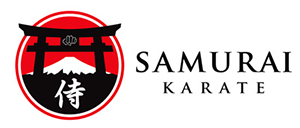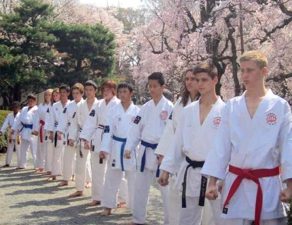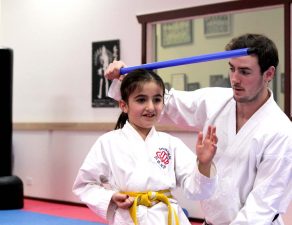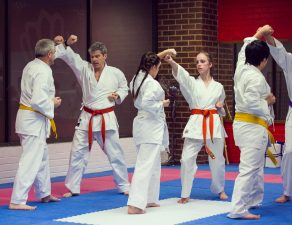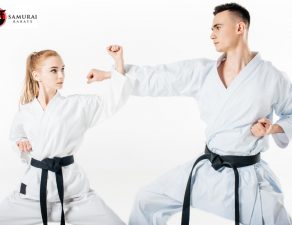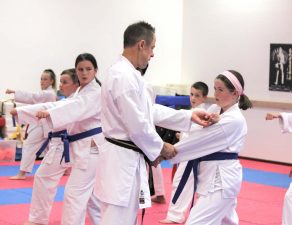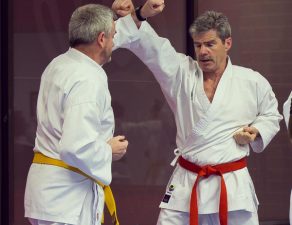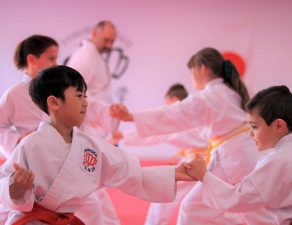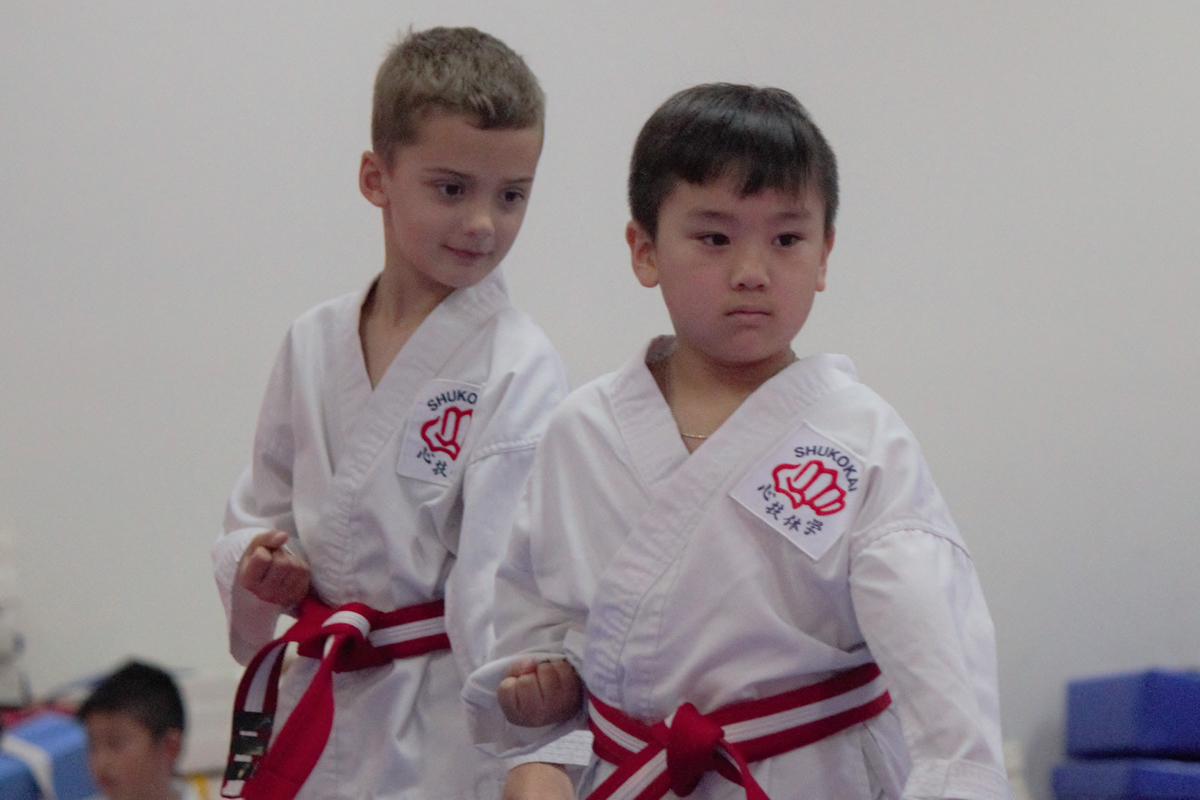
What is Resilience and its Characteristics?
Resilience is defined as a psychological ability or quality to cope up with adversity or attuned to the situation. Everyone is resilient. It’s just a question of how much and how well you are adaptive in your life. Being resilient doesn’t mean one has no problem or feel the intensity of the event. Instead, it just means that they’ve found a pretty good way of dealing with it more quickly than others. Resiliency has the following characteristics:
- Having curiosity and intellectual mastery
- Having compassion – with detachment
- Having the ability to conceptualise
- Obtaining the conviction of one’s right to survive
- Having the ability to be in touch with effects, not denying or suppressing major effects as they arise
- Having a goal to live for
- Having the ability to attract and use the support
- Possessing a vision of the possibility and desirability of restoring civilised moral order
- Having the need and ability to help others
- Having an effective repertory
- Being resourceful
- Being altruistic toward others
- Having the capacity to convert traumatic helplessness into learned helpfulness
In addition to these, it’s believed that one who is resilient might also discover some other obscured characteristics like having a sense of true self, developing the indomitable fighting spirit or will, having a totem – an animal spirit that lives inside, being able to cultivate internal energy.
Types of practices enhancing ‘Resilience’:
There are a number of techniques and practices involved to develop the element of resilience to such an extent that the adversity or trauma is felt with less intensity or become bearable. Among these practices, the most common ones are yoga, reiki, meditation, martial arts, kung fu, chi, ki, prana, etc. Some of them are external or hard ones like martial arts, yoga which relies on physical strength, speed, and endurance, while internal martial arts rely on spiritual power, posture, and mind/body harmony. In contrast to internal ones are those which rely on traditional meditation and energies.
When a person’s internal energy is strong and extended, there is a feeling of well-being, an absence of fear, audacity, and relaxed awareness that is intrinsically empowering. Conversely, when the body’s internal energy is depleted, weakness, fear, anxiety and hesitancy manifest. Cultivation of internal energy requires mental and physical co-ordination like mind/body harmony, and constant practice is required to manifest chi or ki through the entire body. The discipline that is necessary to coordinate the mind and body cultivates a sense of power that can ‘be’ at will. This capacity creates a sense of mastery and self-efficacy, and invigoration along with a calm feeling producing a sense of appreciation for a desire to flourish – all characteristics of resiliency.
Martial Arts Facilitating Resilience:
Having the ability to conceptualise is a characteristic of resiliency and martial arts offers several models and metaphors that facilitate conceptualisation – creating resilience. Martial arts characterise certain ‘energies’ as earth, metal, wood, fire or water. Metal denotes being very condensed and strong – so as to cut to the point (like a metal axe); wood symbolises standing power that releases straight ahead, thus it expands (like an arrow); fire indicates features of explosive power that shoots upward (like a cannon); water connotes being elusive, hard to grasp, and impossible to resist (like a waterfall); and earth suggests depth and stability that’s full of heavy, solid power (like a mountain). The practice of various elements of martial arts enhances many of these dimensions of flourishing, thus cultivating resilience.
Goal of Martial Arts to Cultivate Resilience:
A major goal of Martial arts is to cultivate a mind that is full of indomitable fighting will. It is difficult to be resilient when one is frustrated and low in spirits. Cultivation of a strong mind that can rise above trauma and distress requires training of the body and mind. For example, the development of modern Japanese martial arts training called Budo from traditional Japanese warrior training was designed to continue the cultivation of traditional warrior virtues. Both of the training’s severely challenged a student’s determination. In fact, the Japanese government deliberately ordered its citizens to participate in Bujutsu and Budo in an effort to enhance its citizen’s spiritual energy as such training stimulated such attributes as courage.
